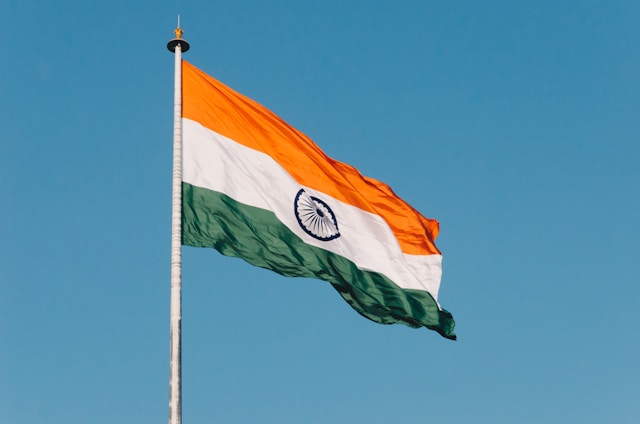Since gaining independence from British rule in 1947, India has navigated through a plethora of political events that have shaped its trajectory as a nation. From the adoption of the Constitution to economic liberalization and regional reorganizations, the political landscape of India reflects a dynamic and evolving journey towards democracy, unity, and progress.
1.Adoption of the Constitution (1950):One of the foundational pillars of independent India was laid with the adoption of the Constitution on January 26, 1950. Crafted under the leadership of Dr. B.R. Ambedkar, the Constitution established India as a sovereign, socialist, secular, and democratic republic, guaranteeing fundamental rights to its citizens and laying down the framework for governance.
2.Integration of Princely States:The integration of over 500 princely states into the Indian Union was a monumental task undertaken post-independence. Through negotiation and, in some instances, military action, India successfully unified these territories, ensuring the territorial integrity of the nation.
3.Formation of States:The States Reorganization Act of 1956 marked a significant political development by reorganizing states along linguistic lines. This move aimed to foster linguistic and administrative cohesion, leading to the creation of states and union territories based on cultural and linguistic identities.
4.Indo-Pak Wars:India’s engagements in wars with Pakistan in 1947-48, 1965, and 1971 significantly influenced the political landscape of the subcontinent. The 1971 war, in particular, led to the creation of Bangladesh, reshaping the geopolitical dynamics of the region.
5.Emergency (1975-1977):A dark chapter in India’s democratic history, the declaration of Emergency in 1975 by Prime Minister Indira Gandhi suspended civil liberties and led to the arrest of political opponents. The Emergency was lifted in 1977, following widespread protests, reaffirming the resilience of India’s democratic institutions.
6.Economic Liberalization (1991):India’s embrace of economic liberalization and reforms in 1991 heralded a new era of economic growth and globalization. Spearheaded by Prime Minister P.V. Narasimha Rao and Finance Minister Dr. Manmohan Singh, these reforms opened up the economy, attracting foreign investment, and fostering technological advancements.
7.Babri Masjid Demolition (1992):The demolition of the Babri Masjid in Ayodhya in 1992 triggered communal violence and political turmoil across the nation. The event underscored the complexities of India’s secular fabric and the challenges of communal harmony.
8.Nuclear Tests (1998):India’s series of nuclear tests in 1998 affirmed its status as a nuclear power, albeit drawing international sanctions and scrutiny. The tests signaled India’s commitment to safeguarding its security interests while advocating for global nuclear disarmament.
9.Kargil War (1999):The Kargil War in 1999 tested India’s military prowess and resolve in the face of external aggression. The conflict highlighted the sacrifices of Indian armed forces and reinforced India’s commitment to defending its territorial integrity.
10.Formation of Telangana (2014):Amidst demands for statehood, the formation of Telangana in 2014 marked a significant milestone in India’s federal structure. The creation of Telangana, carved out of Andhra Pradesh, reflected the aspirations of regional identities and administrative efficiency.
In conclusion, India’s post-independence political journey is a tapestry woven with myriad events, each contributing to the nation’s rich tapestry of diversity, democracy, and resilience. As India continues to evolve and confront new challenges, its commitment to democratic values and inclusive growth remains steadfast, propelling the nation towards a brighter and more inclusive future.
